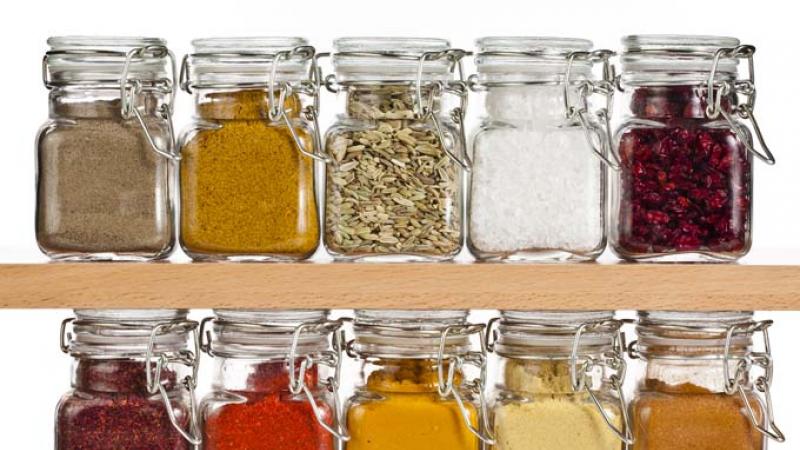
Open Sesame! A beginner’s guide to using spices in your cooking:
(Editor’s Note: This article was written for Leo’s Jeffres’ Specialized Writing class.)
In this time when students are at home cooking more, it can be a chore to make meals taste awesome. I suspect salt and pepper are the sole spices for many students, so if you’re interested in trying some new flavors in your meats and veggies, here are a few ideas.
British comedian Michael McIntyre had a skit about how salt and pepper were the favored seasonings, sitting on the kitchen table, while all the other spices sat in the cupboard, unopened and seething. It’s true that for a great number of people, salt and pepper remain a staple in home-cooked cuisine, while other spices are ignored for years.
I am not a professional chef, but I do know my way around the spice cabinet. Here are some beginner’s spices to try, how they taste, and what goes well with what...
- Oregano: Oregano leaves can be used fresh or dried. It is recommended to use it dried as the flavor is enhanced in the drying process. The flavor is slightly bitter and warm. It is very popular in Italian cuisine. Try it on roasted veggies for added depth to your meal or on a pizza.
- Paprika: Paprika can add a wonderful spice to flavor your meals. It has a beautiful range of warm colors to match its heat. It’s very popular in rice, stews, and meats such as sausage. While it can be used raw, it is recommended heating it in oil to bring out the best of its flavoring.
- Cajun: A blend of various spices including paprika, cayenne, pepper, oregano, and garlic powder. It goes well on veggies, meats, and in pastas. If made at home, the spice level can be adjusted.
- Old Bay: A blend that is used on seafood, meats, and in salads. It is especially popular on crab legs.
- Cumin: Seeds from the parsley plant. The aroma is warm and the taste is earthy. It is common in curries, chilis, or rice dishes.
- Basil: Basil leaves are strong and sweet. The herb can be used fresh in pastas or dried. When used fresh, it is recommended that you put it in the heat last as the aroma and taste can dissipate quickly. Basil is the main ingredient in Pesto sauce and is a fabulous garnish in regular marinara pasta sauce.
- Bay Leaves: Every once in a while, someone will freak out because their Chipotle burrito bowl will have a leaf in it. It’s humorous because the restaurant is not putting random leaves in their cooking. They’re using bay leaves to season their food. Bay leaves can be used whole, dried, or ground. If used whole, the taste is bitter, while if eaten dried, the fragrance is sweeter and it tastes similar to oregano.
- Turmeric: Known for its bright yellow hue, turmeric is a spice that is also known for many health benefits. It is recommended that you add black pepper with your turmeric as the two compounds complement each other. Turmeric is common in curries. It has a mustardy-earthy aroma that is quite pleasant. If you are feeling adventurous, try “Golden Milk” which is turmeric, milk, and sweetener.
- Rosemary: Very popular on pork and in stuffing. Rosemary can be used both fresh and dried. The taste can be quite bitter. The leaves can be used to make a very nutritious, herbal tea.
- Sesame: A rich, nutty flavor makes this seed very common all over the world, including fast food. They can be baked into breads or sprinkled on top of dishes. Sesame seeds are the prime ingredient of Tahini sauce which is very popular in the Middle East.
As we continue to physically distance ourselves, we may think that it’s either home-cooked or tasty restaurant meals. A home cooked meal can be flavorful and fun! Try some of these spices out in your next dinner.














































